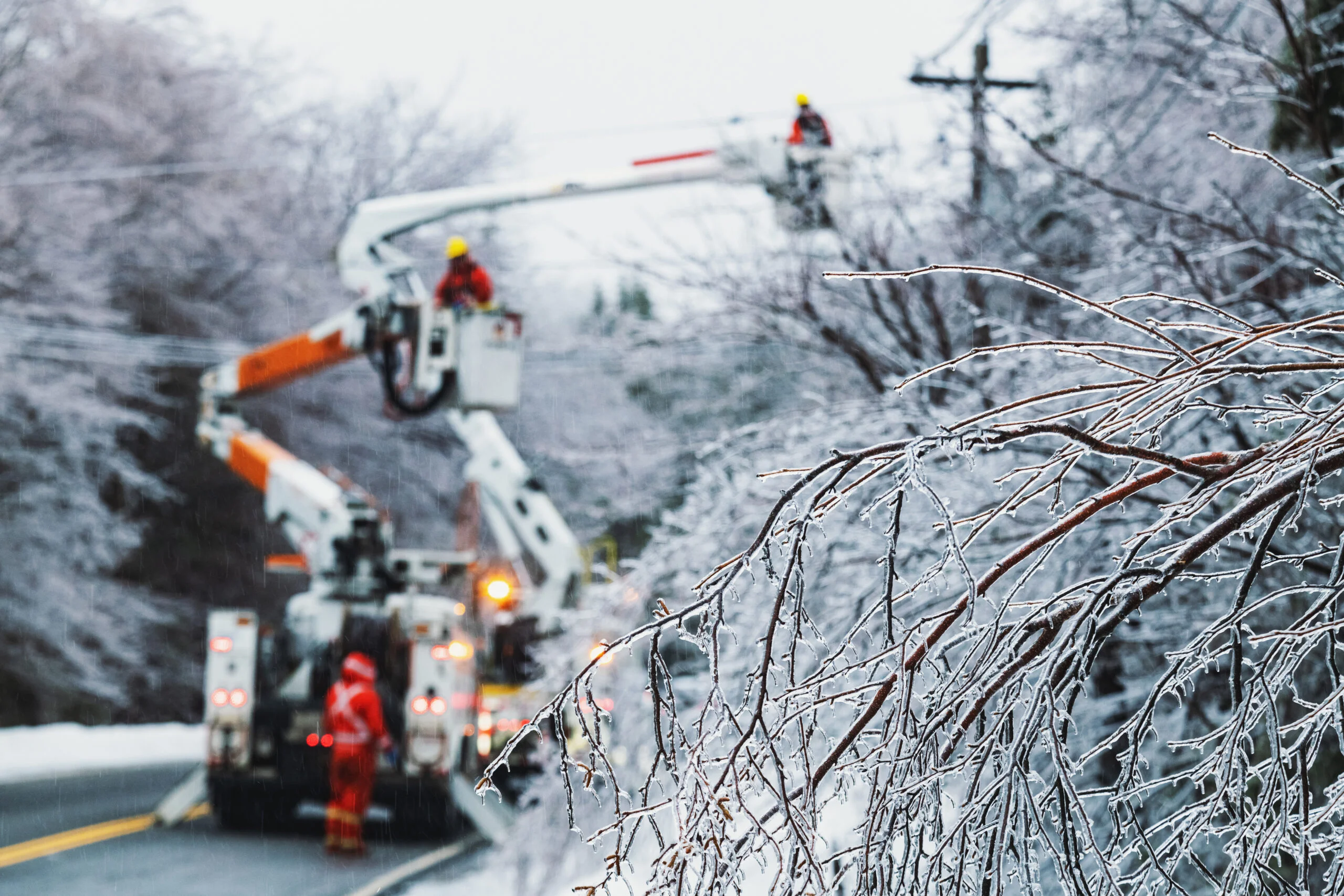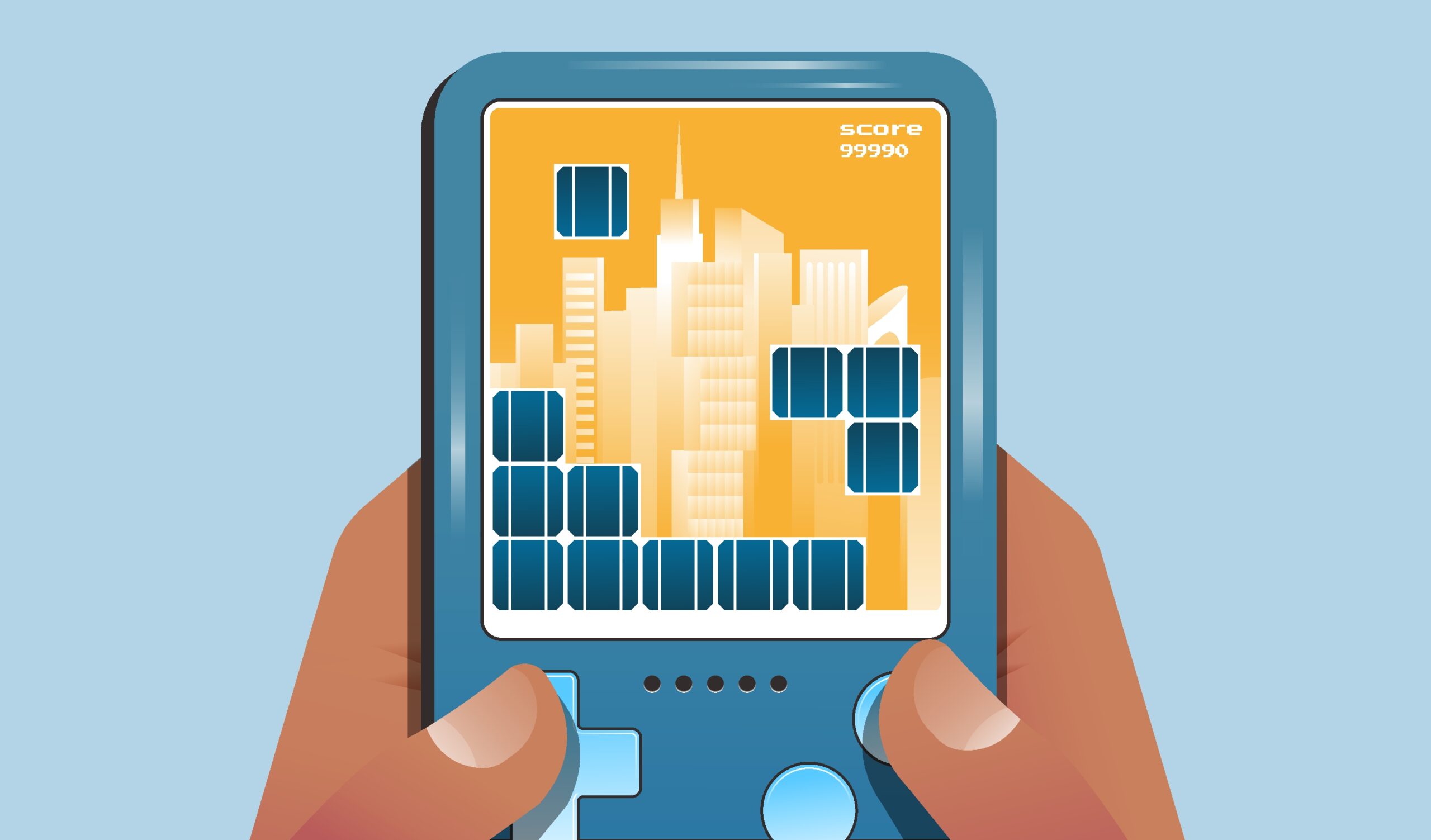Demand flexibility programs like demand response and EV managed charging enhance the efficiency and reliability of electrical grids through aggregate conservation efforts. As energy systems face increasing strain from rising extreme temperatures, increased energy demand, and aging infrastructure, these programs help utilities match supply and demand by incentivizing program participants to adjust their energy use in response to grid conditions. Demand response has decades of successful deployment, helping utilities shift load to off-peak hours of usage to defray high energy costs while enhancing grid resiliency. So what are the most common uses for demand response? Let’s take a look.
A Brief History of Demand Response
Before examining how demand response can help utilities today, let’s look at where it started. In 1977, the Department of Energy (DOE) launched one of the earliest demand response initiatives with the city of Port Angeles, Washington, concentrating on load control. Following a period of drought in the northwest, the local utility, the BPA, and the US Department of Energy collaborated to identify a cost-effective way to mitigate impending power shortages. After the pilot project generated interest, other local utilities started putting their demand response plans into action a decade later. Many of these initiatives began with the goal of lowering peak demand by utilizing water heaters to assist in lowering voltage.
Initially, demand response functioned through the use of one-way, and later two-way radio signals, that grid operators could use to signal the start (and later finish) of a demand grid event. Through the Internet of Things (IoT) and WiFi-enabled distributed energy resources (DERs) like solar, battery storage devices, electric vehicles and EVSE, and smart home devices, modern demand response programs utilize a wide range of BYOD device types, most frequently with air conditioners and heating units to control otherwise disparate devices. These behind-the-meter DER assets are managed through a Grid-Edge distributed energy resource management system (DERMS).
What Does Demand Response Solve?
Demand response is one of several demand flexibility solutions including EV managed charging or BYOD programs, which aggregate otherwise disparate devices for a concerted conservation effort. In general, that means that to help preserve energy, program participants cede device control—typically a smart water heater or thermostat—during pre-specified demand event windows. These events are scheduled to correspond with peak usage periods, which typically occur in the early evening when temperatures are at their highest and people are returning home from work. Demand response helps to solve many issues including grid reliability, energy resource management, cost efficiency, and environmental impact.
Challenge: Temperature Extremes Threaten Energy Security
One of the biggest challenges threatening energy security today is extreme temperatures and weather events. Temperature extremes can significantly impact energy security through increased demand, reduced supply, and other operational strains. Extreme conditions, whether very hot or very cold, lead to heightened use of heating or cooling systems. This surge in energy demand can strain the grid and potentially lead to outages if the supply cannot be kept. Overall, temperature extremes exacerbate the challenges of managing electricity demand and supply, making it crucial to have demand response strategies to enhance energy security during such events.
Solution: Strategic Demand Response
Over the last decade, each successive year has been the hottest on record, and those temperature extremes are just the beginning. As climate change continues to take effect, electricity demand will continue to rise. Furthermore, the decarbonization and electrification efforts used to mitigate the long-term impact of climate change present an equal challenge to utilities, who are not only tasked with satisfying these increased demand curves without the benefit of climate change. As an aggregate conservation effort, demand response specifically addresses these challenges by moderating how much electricity is used and when it’s needed. By decreasing demand, grid operators are less likely to need to purchase electricity from the market, energy that comes at a premium during peak periods of demand.
Challenge: Operational Reliability
Beyond just minimizing electric demand, utilities need to know that the energy that they access is reliably available when called upon. To meet growing demand, the DOE reports that 80-160 GW of virtual power plant (VPP) capacity must be added to the U.S. grid by 2030. That same report notes that currently, the U.S. only produces around 30-60 GW of VPP capacity, the majority of which is attributed to demand response. Fortunately, the DER market is expected to nearly double by 2027, signaling consumer confidence in renewable energies, while providing an opportunity for utilities. Still, this VPP capacity must be reliable as needed, an intermittency problem currently resolved through the use of Grid DERMS. Unlike Grid-Edge DERMS which manage behind-the-meter assets, Grid DERMS are deployed by utilities for utility-owned assets like solar or battery installations. What can utilities do with the growing influx of behind-the-meter DERs?
Solution: Topline Demand Control
Operational reliability is crucial for any grid operator. Fortunately, Topline Demand Control (TDC) solves this problem by optimizing distributed energy resources (DERs) at the device level to provide a reliable output. Topline Demand Control is a novel capacity of a Grid-Edge DERMS that leverages AI, forecasting software, and model predictive control to produce a reliable outcome. Using Topline Demand Control, grid operators can set their desired aggregate needs, and TDC optimizes devices to provide a reliable outcome during event windows. Through TDC, utilities can dependably bank on behind-the-meter demand response programs to yield exactly what is needed upon request.
Challenge: Flattening the Load Curve for Energy Purchases
Smoothing out fluctuations in electricity demand over time presents several challenges for energy management. These include infrastructure limitations, cost implications, and consumer participation. Flattening the load curve helps utilities manage energy supply more efficiently and reduces the need for costly peak-demand purchases. However, doing so requires effective demand response strategies and infrastructure investments to address these inherent challenges with minimal customer disruption.
Solution: How Demand Response Supports Energy Arbitrage
Utilities deploy demand response events to address imbalances between supply and demand strategically. Utilities can incentivize demand response enrollment and participation through effective customer engagement tactics. Remember: the more customers enrolled and participating the more potential for reducing energy usage during peak times. As such, demand response programs can contribute to energy arbitrage tactics by helping reduce load during high-demand periods and maintaining a more stable overall consumption pattern.
3 Use Cases For Demand Response Conclusion
Demand response programs have successfully enabled utilities to achieve notable improvements in energy management and operational efficiency. By effectively flattening the load curve, these programs have reduced peak demand, which alleviates stress on the grid and minimizes the need for dirty and expensive peaker power plants or costly infrastructure upgrades. This, in turn, leads to lower energy costs for both utilities and consumers. Additionally, demand response has facilitated better integration of renewable energy sources by aligning demand with variable supply conditions. Overall, these achievements not only enhance grid reliability but also foster a more resilient and sustainable energy system.





